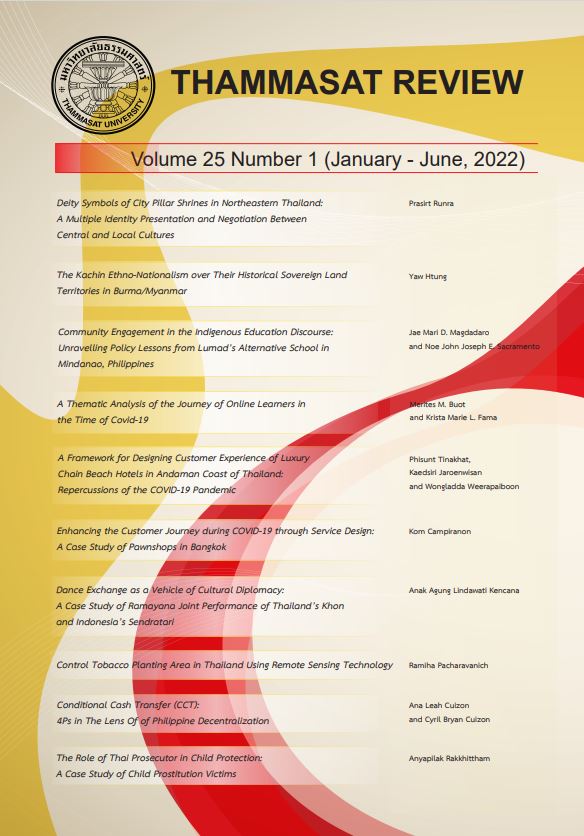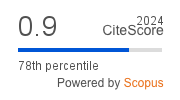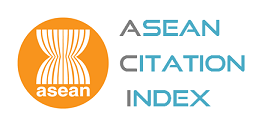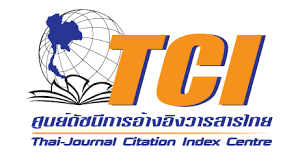A Thematic Analysis of the Journey of Online Learners in the Time of Covid-19
Keywords:
Coping mechanism, Distance learner, Stress reliever, Wellbeing studiesAbstract
The COVID-19 pandemic has changed the world and affected all sectors, most especially that of education. Due to the restrictions this has brought about, educational institutions with the residential mode of study were forced to shift to online and distance modes of teaching and learning. On the other hand, for educational institutions which specialize in Open and Distance eLearning (ODeL) such as the University of the Philippines Open University (UPOU), this was not new for the students. However, even if these students were already familiar with online learning, they were still experiencing impact of the COVID-19 pandemic in their respective communities, affecting the teaching-learning process. This study aimed to determine the coping mechanisms of students in response to the pandemic and the factors instrumental for them to adjust. Descriptive statistics were applied and themes of the narratives were identified, based on students’ strategies for coping with stress and the different activities used to help improve their wellbeing. Furthermore, factors affecting their drive to adjust and live with the crisis were identified. As a result, three major parameters for coping with stress and four favored activities done to destress by the students, a majority of who practiced these for more than a year, were identified. Moving forward, most students found strength in their families to adopt to the new normal situation. Despite their familiarity with online learning, UPOU students were still affected by the COVID-19 pandemic.
Downloads
Published
How to Cite
Issue
Section
License
Copyright (c) 2022 Thammasat Review

This work is licensed under a Creative Commons Attribution-NonCommercial-NoDerivatives 4.0 International License.
The opinions and ideas expressed in all submissions published in Thammasat Review are solely that of the author(s) and do not necessarily reflect that of the editors or the editorial board.
The copyright of all articles including all written content and illustrations belong to Thammasat Review. Any individuals or organisation wishing to publish, reproduce and distribute a particular manuscript must seek permission from the journal first.








